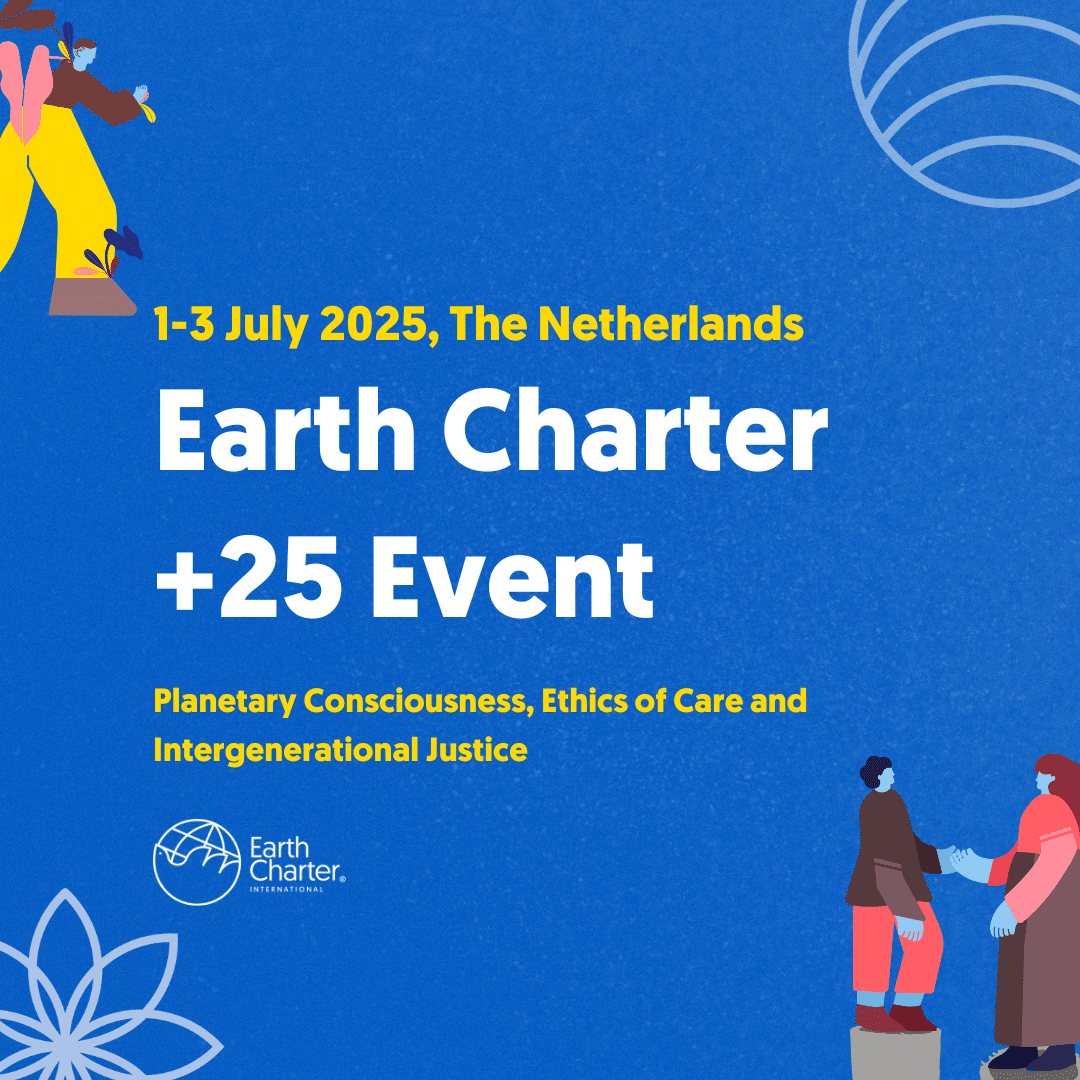Earth Charter at the Peace Palace in the Netherlands brought together people from all over the world after 5 years. It was a phenomenal event that had such energy, it left all the participants feeling and thinking about the impact long after the final speech. There were so many ways that people expressed their gratitude for Earth Charter. It has touched so many people`s lives and it was important to come together to understand how we could continue to spread the principles, not only in theory, but also in practice. From a youth perspective, we could really feel the energy of this 10 year celebration. Having spent 6 months communicating online through the Earth Charter, BeatBoard and Heart In Action e-GLO 2 program, we were delighted to finally meet up face-to-face motivating each other towards the common goal of wise action and sustainability.
e-GLO 2 ran from October 2009-January 2010. e-GLO 3 will be running from September 10 and is open for applications . Running each year, e-GLO is facilitated by Jaana Laitinen – the International Earth Charter Youth Facilitator based in Costa Rica and Mike Sheehan who runs art education programs empowering youth. In particular he works with the medium of Hip Hop with his social enterprise BeatBoard in New Foundland, Canada. With a marvelous interactive application provided by Ashi Hirji from Heart in Action; youth from all over the world come together every other Saturday during this time, sharing resources, skills and knowledge and are guided through a series of exercises with support from mentors. To experience the Earth Charter+10 celebration, strengthened our union with each
other and gave us a deeper insight into how
we could take our projects up to the next level.
On the first day in the Netherlands, we were greeted by Dmitry Savelau the Youth representative in Amsterdam and Belarus and Jaana Laitinen. We were introduced to our model EC+10 conference with focus on Youth. We had the chance to introduce ourselves through ice-breaker activities. Then in pairs diverse youth representatives presented their work and how we as youth could approach major themes such as: Diversity and Connecting Civilizations, Global Governance, the UN and Climate Change, CSR: Water, Energy and Sustainable Development, CSR: New Earth Leaders and Earth Charter Cities. We explored these areas and what we could do to join together and take action. It was a fantastic opportunity to relate to each other through our major focuses. By sharing this with others we were able to see what were our stumblingly blocks. We then backed that up with small group discussions on how to tackle these issues. Furthermore, we explored resources and how to improve the Earth Charter Youth community. What transpired were many ideas and sign-posts as to our next steps. Part of the process, now after the event, is to keep thinking through the best way to implement these steps.

To our surprise the Earth Charter Elders appeared shortly after our discussions, giving us sharper insight on how our work would be the guiding light for our next generations. We realized how imperative it is that we value our efforts and work together. I continued this discussion with the Earth Charter founder in England, Rabbi Jeffery Newman. He talked about how it was becoming possible, now to speak of Mother Earth or Pachamama, which is a great shift in global consciousness. It means that people are more willing to have a more human understanding to nature and realize how we are so intrinsically a part of it and that our source, our life force is from nature. Compassion is arguably becoming more wide-spread in people`s consciousness and facilitators of Earth Charter could really move forward with this global awareness.
The Earth Charter +10 conference was on the second day. Youth participants were already charged with energy from our model EC+10. Being part of the media team was thrilling as we got to know how the congress was being broadcast across the Tweeting link-up so that everyone could see it in the conference hall. Participants Tweeted from both the inside and outside commenting on the most pertinent issues from each session, making it truly interactive.
We were divided into tables with many representatives from all over the world. Hosting my table`s discussion was Teresa Fogelberg, the Senior Director of Business engagement and stakeholder relations of the global reporting Initiative and Mr. Tommy Short who is the founder and chairman of the Tommy E. Short Foundation, that is dedicated to exploring human potential and advancing sustainable living, seeking to support children, the arts, and the environment. These break-out sessions gave a more intimate atmosphere and allowed us to have a say in the issues that were being presented. We found that there was an interconnectedness between the different sectors that we were all working within. This became even more clear when the whole of the congress chose several groups to go into under the themes that we had addressed in the Youth Charter the previous day:
- Diversity and Connecting Civilizations
- Global Governance, the UN and Climate Change
- CSR: Water, Energy and Sustainable Development
- CSR: New Earth Leaders and Earth Charter Cities
When we all came together again in the Main Hall the voice from everyone seemed to be the way that we connect everything is through the heart and this is the main activator for action. The New media group joined us all together through an inspiring demonstration in sign language that emphasized the notion that it begins with one and that we are one. This was projected on the screen in front of us. We collectively joined in. The large screen above, provided us with the opportunity to give us all courage to join in and I realized, once again, the power of media to do this to connect us all.
What came next, I think was a great surprise. Damanhur is a sustainable community based in Italy. They are also a research base. Macaco Tamerica from this community brought a plant onto the stage and connected it up to bio-sensors. These enabled the connectors join-up to the universal soul and choose a sound that was heard by us all. As Manuel Obregon, the cultural minister of Costa Rica played the piano to this sound, Macaco sang with the plant in harmony. The whole of the congress was still, in amazed silence.
What became evident in the next rounds of EC+10, was that climate change is not the problem that we are facing. It is sustainability and that is a choice. It is about raising the awareness about what are the choices that enable sustainability and raise ethical values. Marian Vilela talked about the many diverse ways we can do this. For instance, games with universities that kick-start research, guides for civil society, art and music concerts. This last suggestion we saw was a very powerful vehicle. The cultural minister from Costa Rica stunned us all with music and visuals that showed the Costa Rican forests were danger. Many of us were moved to tears, knowing that we come from nature and that eventually we will go back to it, so being part of it of the problem, we have to be part of the solution.
One of the last segments that was emotionally accessible across the generations at EC+10 was the Feather Project. Michael C. Slaby is the project manager and Ashley Young the producer. This passing on a feather was based on the idea of the founder of the Earth Charter in the Netherlands: Awraham Soetendorp who was inspired by the Native Americans, that the mentorships is not just elders to the youth, but it is also about youth to the elders. The knowledge that we have to share is multi-dimensional. I experienced this when I jumped on the bus on the way back from the final dinner. I sat next to one of the Elders and Earth Charter council members Pavez Hassan from Pakistan and we talked all the way back to the hotel and understood the impact of that Feathers Project wholeheartedly.
What I loved about the whole experience was coming together with such diverse people form all over the world. From the Queen of Netherlands, to native Maori from New Zealand. Making new friends and being inspired by youth doing projects and forming a community that crosses so many boundaries. This community is one that I feel I can be myself in and join in a unique way, because everyone is able to express themselves no matter where they come from or what beliefs we have. We are all finding, in our own way our contribution to Pachamama. There is real strength in this diversity. Being part of the Earth Charter community, I feel very proud and energized to continue dedicating my life to collectively exploring more sustainable ways to live our lives.

Read another article, written by Nigerian youth participant Esther Agbarakwe, on the IUCN website.








